Food safety, environmental concerns increasingly important for exports, domestic consumption
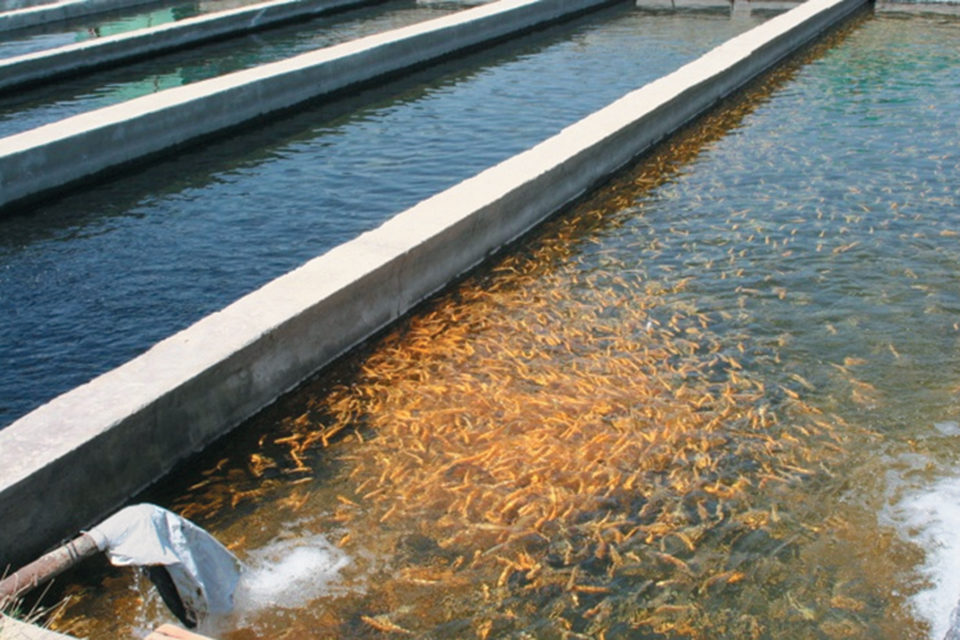
Armenia is a small, landlocked country bordering Turkey, Georgia and Azerbaijan. It has limited energy and other resources, and retains close ties with Russia and Iran.
One-third or more of the economic activity in Armenia is based on agriculture. Aquaculture has also been historically important in Armenia, with efforts by Soviet planners to increase food production via aquaculture in the country after World War II.
Aquaculture development
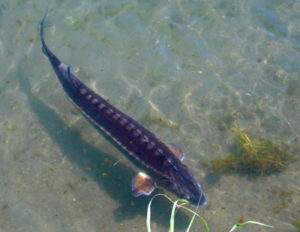
The resurgence of aquaculture in Armenia following the breakup of the Soviet Union focused on salmonid species, sturgeon and carp, with restoration of native species an important consideration. The majority of aquaculture is in the Ararat Valley with some limited facilities located in the Lake Sevan area.
The latter includes restoration hatcheries aimed at restocking Lake Sevan with the seriously depleted Sevan trout (Salmo ischchan gegarkuni), and providing farmed Sevan trout for local sales and restaurants, where the trout receive a premium price of about U.S. $16/kg – twice that of the more commonly consumed rainbow trout.
The Ararat Valley has abundant sources of artesian water at temperatures of 14 to 18 degrees-C with about 2 meters of head. During Soviet times, several raceway farms were established, primarily to rear rainbow trout and its variant, the amber trout. These farms have now been privatized and have expanded the species mix to include sturgeon species such as Sterlet (Acipenser ruthenus); Besters, Sterlet x Beluga (Huso huso); Siberian sturgeon, A. baerii; and Russian sturgeon (A. gueldenstaedtii). The Sterlets are raised for meat, while the other species are reared primarily for the production of both meat and caviar.
The largest aquaculture company in Armenia is Akvatekh, which has several farms, the majority of which are joint ventures between Akvatekh and local farmers.
Armenia also has several very large carp farms that were developed during Soviet times, but these are now underutilized due to lack of markets and high costs of operation. Carp farming is largely extensive with some semi-intensive farms in the country. Smaller carp ponds are often associated with trout or sturgeon farms, where the fish feed upon unused nutrients and waste products.
Species include the common or European carp (Cyprinus carpio); silver carp (Hypophthalmichthys molitrix); bighead carp (H. nobilis); and grass carp (Ctenopharyngodon idella). The carp are mostly marketed through live sales, commonly from roadside stands near the farms. Some are marketed live in local markets and popular fee-for-fishing programs.
Seedstock, aquafeed
Breeding, genetics and the supply of fingerlings can be variable in developing countries. This is often more related to the size of the individual farm than to the state of development of the sector within the country. In Armenia, Akvatekh has hatcheries at two of its locations and maintains closely monitored broodstock.
Feed for trout and sturgeon farms is imported from Europe and, to a lesser extent, Russia. The European feed costs twice as much as the Russian feed, but this is offset by better feed conversion. European feed can yield feed-conversion ratios in trout of 1.1 to 1.4, while Russian feed typically delivers in the range of 2.5 to 2.8.
Food safety
Food safety is becoming increasingly important in Armenia, driven by export and increasing domestic requirements for safe and “ecologically clean” food products. Consumer perceptions of food safety are important and driven by the sanitation of the packaging and sensory quality of the food purchased.
Customers who can afford to purchase fish in local markets are educated and aware of international food safety concerns, primarily from the European press. They purchase foods that meet international standards of safety and quality when they are available.
Environmental considerations
Environmental considerations are also important to aquaculture marketing in Armenia and Central Asia. Once again, individuals who can afford to purchase live fish have the additional luxury of being environmentally conscious and allow this to play a key role in the selection of food products.
Local producers are promoting their activities for environmental restoration as part of their marketing programs. For example, Akvatekh is exploring ways to use fish ponds and runoff from its facilities in combination with saline-tolerant vegetation as a means of recovering the overworked soils of the Ararat Valley and adjacent farmland. Initial tests plots show considerable promise.
Product forms
Most trout are sold live or in the round in local markets. Many restaurants have live tanks for trout and sturgeon stocked by local growers. Processed trout enter markets in Russia, Europe and, to a lesser extent, the United States. Trout in dressed, butterfly, fillet and controlled-sized portions are common for the local foodservice markets. Traditional cold-smoked trout, marinated trout and portions in oil, as well as trout caviar, are produced for domestic consumption and export to Russia, Europe and the United States.
Manipulation of the amount of canthaxanthin in feed produces caviar that is more yellow or golden than orange or red. This product, marketed as “golden trout caviar,” has a premium market. The production of black caviar from aquaculture-reared sturgeon will also play an important role in the future of Armenian aquaculture as a significant source of hard currency from domestic and international markets.
Food safety
Food safety and sanitation within processing facilities is sufficient, although many processing plants are Soviet-era with rough tile walls and floors that can be difficult to clean. Some cleaning and sanitizing agents are in short supply, but availability is improving. Personal hygiene within processing facilities is good, and temperature control, while primitive, is effective.
Ready-to-eat perishable foods have low bacterial loads and can be produced to international food safety requirements. HACCP and good management practices programs with proper record keeping are common in plants that serve export markets and the increasingly sophisticated domestic market.
Perspectives
Aquaculture provides benefits to rural Armenians in a country that has high unemployment and poor prospects for economic growth from terrestrial agriculture or manufacturing. Here, the growers have benefited from the availability of rugged facilities constructed under the former Soviet regimes and the abundance of artesian water, which significantly reduces the energy costs that would otherwise be incurred if the water needed to be pumped.
As this industry matures, it will provide increased employment and entrepreneurial opportunities, as well as a sustainable source of red and black caviars, reducing the pressure on wild-caught species elsewhere in Central Asia.
(Editor’s Note: This article was originally published in the November/December 2009 print edition of the Global Aquaculture Advocate.)
Now that you've reached the end of the article ...
… please consider supporting GSA’s mission to advance responsible seafood practices through education, advocacy and third-party assurances. The Advocate aims to document the evolution of responsible seafood practices and share the expansive knowledge of our vast network of contributors.
By becoming a Global Seafood Alliance member, you’re ensuring that all of the pre-competitive work we do through member benefits, resources and events can continue. Individual membership costs just $50 a year.
Not a GSA member? Join us.
Author
-
Gleyn E. Bledsoe, Ph.D., CPA
Michigan State University
Institute of International Agriculture
319 Agriculture Hall
East Lansing, Michigan
48824-1039 USA[109,111,99,46,101,118,105,108,64,110,121,101,108,103]
Tagged With
Related Posts
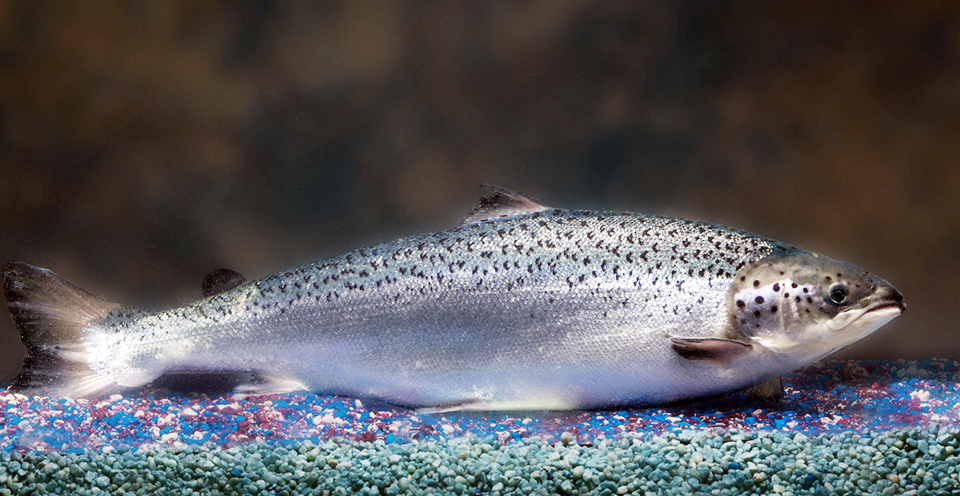
Intelligence
A brief look at genetically modified salmon
If approved by FDA, fast-growing genetically modified salmon will provide a safe and nutritious product similar to other farmed Atlantic salmon.

Aquafeeds
A look at protease enzymes in crustacean nutrition
Food digestion involves digestive enzymes to break down polymeric macromolecules and facilitate nutrient absorption. Enzyme supplementation in aquafeeds is a major alternative to improve feed quality and nutrient digestibility, gut health, compensate digestive enzymes when needed, and may also improve immune responses.
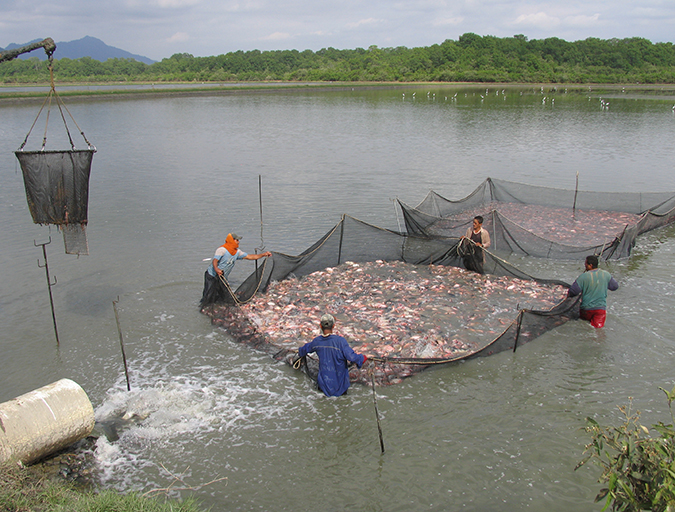
Responsibility
Addressing safety in Latin America’s tilapia supply chain
Over the last decade, the experience gained by many tilapia farmers combined with proficient programs implemented by local governments have significantly improved tilapia production in various Latin American countries like Colombia, Mexico, Ecuador and other important tilapia producers in the region.
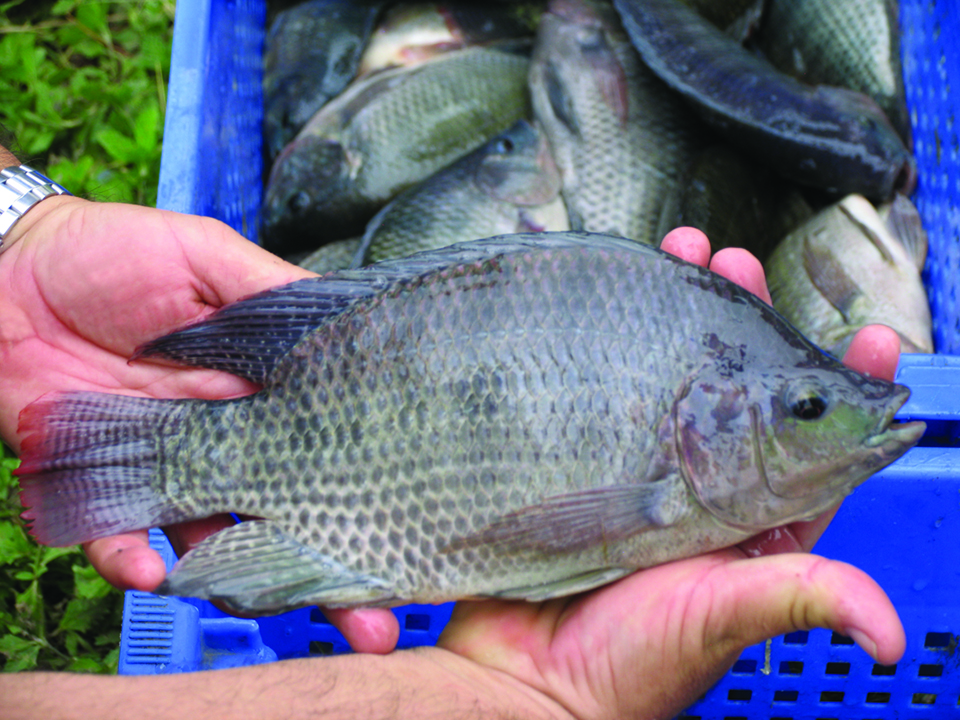
Health & Welfare
American fisheries society calls for immediate-release fish sedatives
The absence of practical immediate-release sedatives for fish jeopardizes fish, fisheries, fish culture and research, posing risks to aquatic resources as well as those handling fish.



